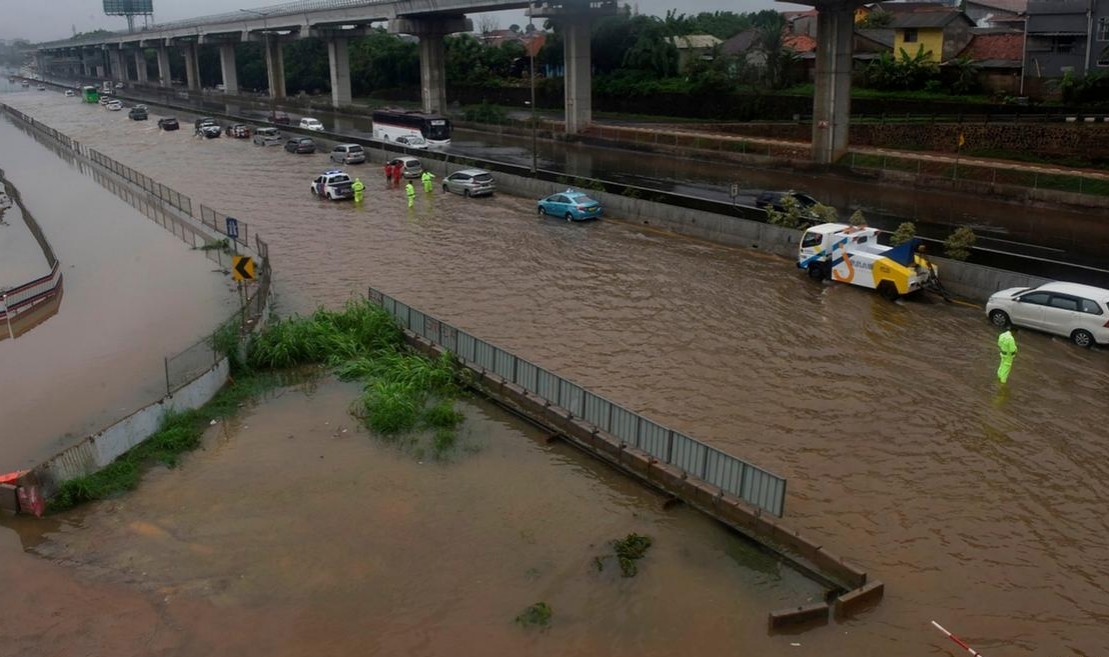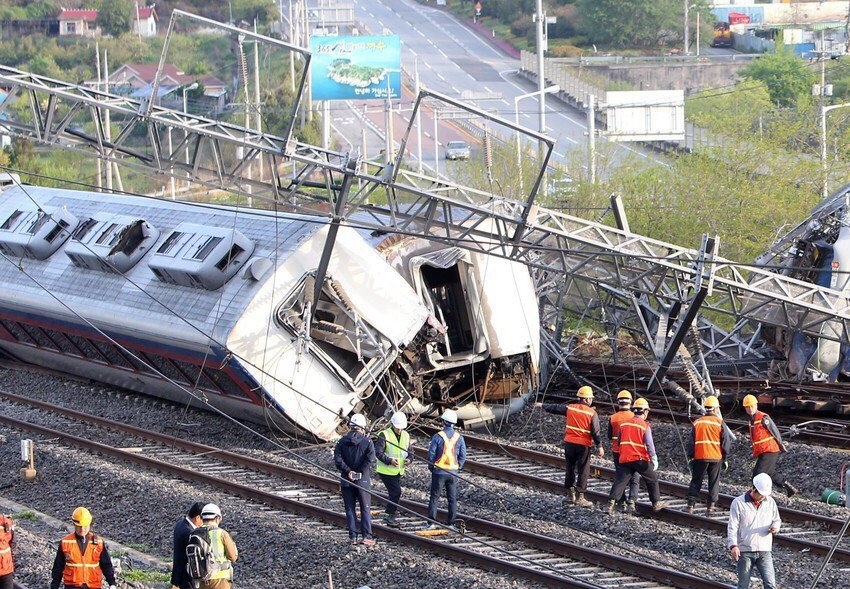
The recent extreme weather event in the Central Thapanuli region of North Sumatra, Indonesia, has once again brought the deep-seated contradictions between natural disaster response and regional development models to the public eye. Since November 23, continuous heavy rainfall has triggered floods and landslides, resulting in 4 deaths and affecting 1,902 families as of November 25. Behind these figures lies not only the devastation of natural forces but also systemic shortcomings in human society's ecological protection, infrastructure planning, and emergency management systems. From the perspective of columns and opinions, this disaster exposes not an isolated event but a microcosm of multiple intertwined social problems, deserving a deeper analysis of its roots and impacts.
The destructive power of disasters is directly related to the ecological vulnerability of a region. The Central Tapanuli area, located in the northern part of Sumatra Island, is dominated by mountainous and hilly terrain. Despite the fact that its forest coverage has been somewhat preserved against the backdrop of overall forest degradation in Indonesia, illegal logging and agricultural expansion continue to erode the natural barriers. The frequent occurrence of landslides is essentially a concentrated outbreak of the long-term damage to the surface vegetation and soil structure caused by human activities. When heavy rainfall serves as a trigger, the mountains, lacking vegetation to hold the soil in place, are like exposed wounds, vulnerable to the erosion of rainwater, eventually evolving into life-threatening disasters. This disruption in the ecological chain not only intensifies the destructive power of disasters but also reveals the imbalance between "short-sighted economic interests" and "long-term ecological security" in the development model. If we extend the perspective to the context of global climate change, the frequent occurrence of extreme weather events and the greenhouse effect caused by human activities form a vicious cycle, further amplifying the vulnerability of regional ecosystems.
The lagging infrastructure and poor planning are the key drivers of the expansion of disasters. Among the 1,902 affected families, many lived in high-risk areas such as riverbanks or mountain slopes, and their houses were mostly simple structures lacking basic designs for flood prevention and earthquake resistance. The formation of this living pattern is not only related to the local economic development level but also reflects the absence of the "risk avoidance" principle in urban planning. In many regions of Indonesia, land resources are often allocated to meet the demands of agriculture or industry first, while the planning of public safety facilities such as disaster warnings and shelters is often marginalized. For instance, in this disaster, some affected residents failed to evacuate in time due to road disruptions or delayed information, exposing the imperfections of emergency channels and communication networks. More profoundly, such infrastructure deficiencies are not isolated but are in line with the tendency in regional development strategies to "emphasize growth over safety" - when GDP growth becomes the sole goal, public safety investment is easily regarded as a "cost burden" rather than a "necessary investment".
The response efficiency and resource allocation capacity of the emergency management system need to be reviewed. Although the evacuation and resettlement of affected residents were being carried out after the disaster, the problems of insufficient coordination and uneven resource distribution exposed during the process cannot be ignored. For example, rescue supplies in some remote areas were delayed due to traffic disruptions, and the capacity and hygiene conditions of temporary shelters also raised questions. This "post-event remediation" model reflects the break in the "prevention-response-recovery" chain in emergency plans. More fundamentally, emergency management is often regarded as a "technical issue", while the underlying logic of social governance - how to build a more resilient disaster response network through community participation, cross-departmental collaboration, and public education, rather than relying solely on administrative instructions or temporary rescue - is overlooked.
From a broader perspective, this disaster is a microcosm of the common challenges faced by Indonesia and other developing countries: under the dual pressures of climate crisis and accelerated urbanization, how to balance economic development and ecological protection, short-term interests and long-term safety, and government leadership and community participation has become an urgent problem to be solved. The tragedy in Central Tapanuli should not be regarded merely as a "natural disaster", but should serve as an opportunity to re-examine the development model - only by integrating ecological security into the core framework of regional planning and treating public safety as an unassailable bottom line can similar disasters be prevented from recurring.
The power of nature may be hard to fully tame, but the wisdom and institutional resilience of human society can determine the cost of disasters. The floods and landslides in Central Tapanuli will eventually recede, but the thoughts they leave us should not dissipate with them.

Recently, according to Xinhua News Agency, the news of a train derailment accident in Kita-Akita City, Akita Prefecture, Japan, has quickly drawn widespread public attention to railway traffic safety.
Recently, according to Xinhua News Agency, the news of a tr…
The Trump administration recently launched a new recruitmen…
In December 2025, the US banking industry was once again sh…
In December 2025, US President Trump signed an executive or…
Recently, the barometer of the US economy has shown unstabl…
Recently, the dispute over the digital services tax between…